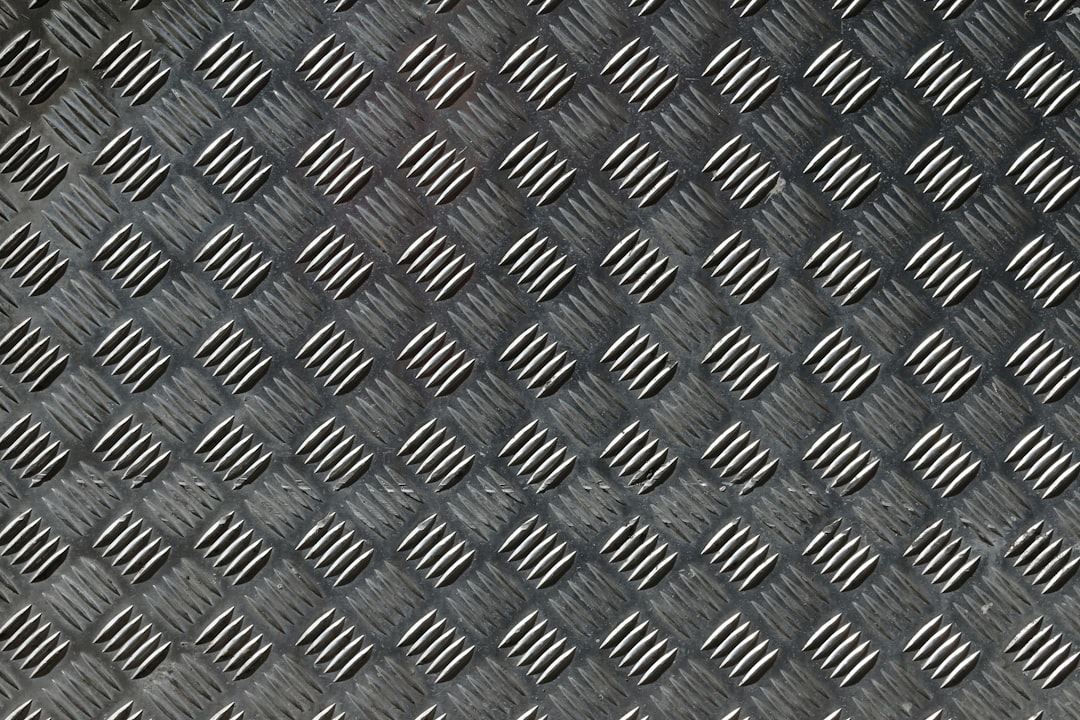 Photo by Gareth David
Photo by Gareth David
Originally Posted On: https://www.ippmagazine.com/surface-preparation/steel-surface-preparation/
Steel surfaces need to be treated to prevent corrosion over the course of an asset’s lifetime. Surface preparation is the first step in this process. When defects are removed and the surface is properly cleaned, coating adhesion and performance improve.
Steel surface preparation removes the physical defects and contaminants before coatings are applied. For steel structures and components this process usually involves pre-cleaning and some type of blasting or grinding.
Pre-cleaning removes loose or soluble surface contaminants. Consider pre-cleaning when any of the following issues are at play:
- The steel surface is contaminated with grease or oil
- The steel surface is in a polluted area
- The steel surface is near a high-sodium area (e.g. ocean or wintery bridge)
- Other contaminant is visible on the surface
Different types of surface preparation are required for different scenarios and steel applications, so let’s get into the details of blasting.
Abrasive blasting
Abrasive blasting is one of the most fast and cost-effective methods of surface preparation available for large areas of steel. Abrasive blast cleaning is perfect for removing mill scale, rust, old paint and similar contaminants. However, abrasive blasting is not effective for removing oil, grease or chemicals. If you go down the abrasive blasting route, make sure to take care of these types of contaminants during pre-cleaning. Abrasive blasting can actually harm your asset if these contaminants are not dealt with properly. If there’s grease on your application during abrasive blasting, the grease will be spread to the entire application.
Consider the following before starting an abrasive blasting project:
- Abrasive particle size: Smaller particle size results in a smaller profile
- Abrasive velocity: Faster velocity results in faster cleaning rates
- Abrasive density: Greater density is required for thicker contaminant removal
- Abrasive hardness: Harder, tougher contaminants required harder abrasives
Wet abrasive blasting
Water cleaning can be used for both pre-cleaning and blasting. Low-pressure options are used for pre-cleaning to handle water-soluble contaminants, and high-pressure blasting and waterjetting are used for maintenance cleaning. Wet abrasive blasting is the preferable option to dry abrasive blasting when dust is a major concern. Wet abrasive blasting also has the option of adding abrasive material as needed.
Wet abrasive blasting is a great option when a significant amount of coating needs to be removed. However, flash rust can occur with wet blasting due to the water used. Applying a rust preventer can mitigate this issue.
Hand tool cleaning
Hand tool cleaning becomes necessary when parts of a job are inaccessible to power tools, i.e., small corners and crevices. Wire brushes, sandpaper, scrapers, abrasive pads, chisels and chipping hammers are all hand tools that help clear contaminants.
Power tool cleaning
While hand tool cleaning is certainly an option for steel surface preparation, power tool cleaning is more efficient when hand tools aren’t necessary for getting into tight spaces. Cleaning up to near-white metal (SSPC 10) can be achieved through power tool cleaning. There are three types of power tools used for surface cleaning:
- Impact cleaning tools
- Rotary cleaning tools
- Rotary-impact cleaning tools
Impact cleaning tools use an internal piston to drive a hardened edge against surfaces. These tools scrape and chip away rust and paint. However, impact cleaning tools also run the risk of damaging and the metal surface and causing more work.
Rotary cleaning tools consist of an abrasive material that spins on a disk at high velocity. These tools effectively clean surface quickly, but they also leave grease and oil behind, requiring solvent pre-cleaning.
Rotary-impact cleaning tools utilize both impact and rotary methods of cleaning. These types of tools include rotary hammers, rotary flaps and cutter bundles.
Surface preparation standards
Surface preparation can take a variety of forms depending on the condition of the steel you’re trying to treat. Surface preparation and cleaning can involve dirt, soil, oil, grease, chemicals, mill scale, rust paint and myriad of other defects. Any combination of these defects can affect your asset, so it’s important to following a strict procedure to address each problem.
Luckily, SSPC and NACE have set industry standards for surface preparation that are detailed below. The following table can be found in SSPC’s Good Painting Practice Volume 1, which is an excellent introduction to steel structure protection.
Surface preparation is just as important as the coating system selected to protect your assets. Finding the right surface preparation protocol is imperative to a establishing long-lasting, effective coating system. Start by understanding the defects with your asset and cross-checking those defects with SSPC and NACE standards. Once you have a clear picture of the issue, consult and verify your assessment with a certified professional.